Services
SERVICES
SOLUTIONS
TECHNOLOGIES
Industries
Insights
TRENDING TOPICS
INDUSTRY-RELATED TOPICS
OUR EXPERTS

December 30, 2025

Consolidating prospect and customer data, including personal or company details and customer interaction histories, into unified records accessible to all customer-facing teams, ensuring a shared, 360-degree view of each contact.
Streamlining activity management across different departments, such as lead handover from marketing to sales teams, with automated task assignment and triggered notifications, to ensure consistent and effective engagement throughout the customer journey.
Enabling team members to discuss deals, cases, or other customer-related matters and coordinate their efforts in real-time with features like internal chats, activity feeds, note sharing, and document collaboration, fostering teamwork and productivity.
Managing which users or teams can view, edit, or delete certain types of data (contacts, deals, etc.) or access specific CRM functionality based on their roles and responsibilities, enabling seamless collaboration and data sharing without sacrificing data security and compliance.
Connecting CRM software with project management apps, marketing automation platforms, and other external applications via out-of-the-box APIs or low-code/no-code integration tools to create a unified digital workplace where users can collaborate and access CRM data without constantly switching between systems.
A collaborative CRM solution centralizes customer data collected from all departments for analysis and promotes internal communication and knowledge sharing. This provides users with a comprehensive view of each customer and the audience as a whole, helping your teams make more informed decisions regarding which segments to target, which leads to prioritize, and other key aspects of customer relationship management.
Automated workflows and seamless data sharing across departments reduce the time employees have to spend assigning tasks, searching for customer information, and completing other clerical tasks, allowing them to focus on higher-value activities.
With every team member having a full context of each client relationship (individual customer needs, past interactions, etc.), your company can deliver consistent and personalized experiences across the customer journey and thus maximize customer satisfaction.
Marketers can get feedback on converted customers from sales and service teams (product preferences, common pain points with products purchased, etc.) to optimize their targeted, multi-channel marketing campaigns and boost lead acquisition.
Sales reps have full visibility into a prospect's interaction history (marketing content downloaded, product inquiries to service teams, etc.) to fine-tune their engagement strategies and identify upselling and cross-selling opportunities.
Service specialists receive detailed information on open and closed deals (specific product configuration requirements, products purchased, etc.) to quickly address related support requests, cutting response times and fostering customer retention.
Salesforce has been the undisputed CRM market leader for over a decade. The platform comprises multiple products or “Clouds” addressing the needs of specific departments or industries and boasts extensive AI capabilities powered by Einstein and Agentforce.
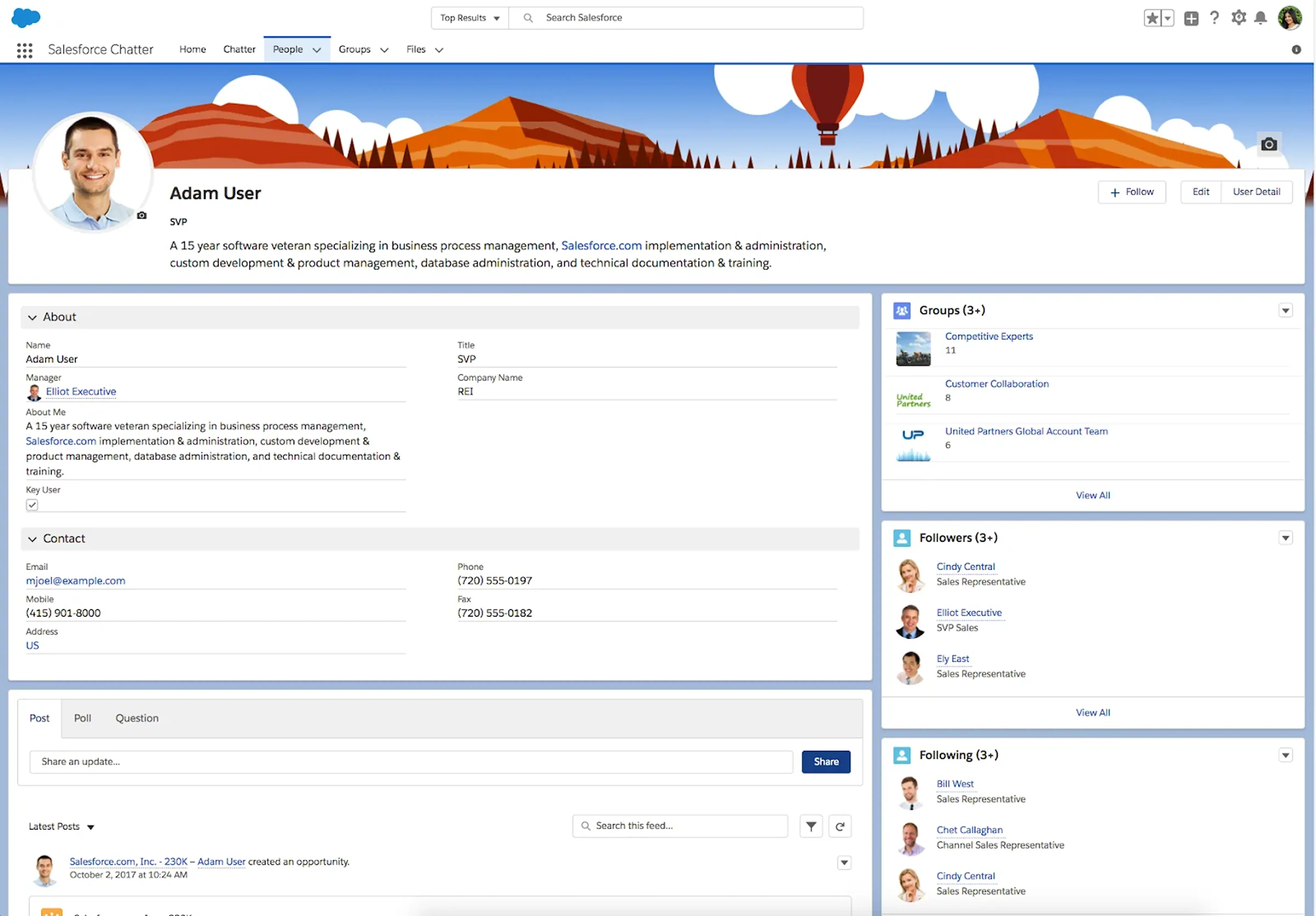
Image title: Salesforce’s Chatter interface
Image source: Salesforce
Dynamics 365 is a comprehensive, AI-powered business suite that includes CRM functionality for marketing, sales, and service management and seamlessly integrates with other Microsoft products.
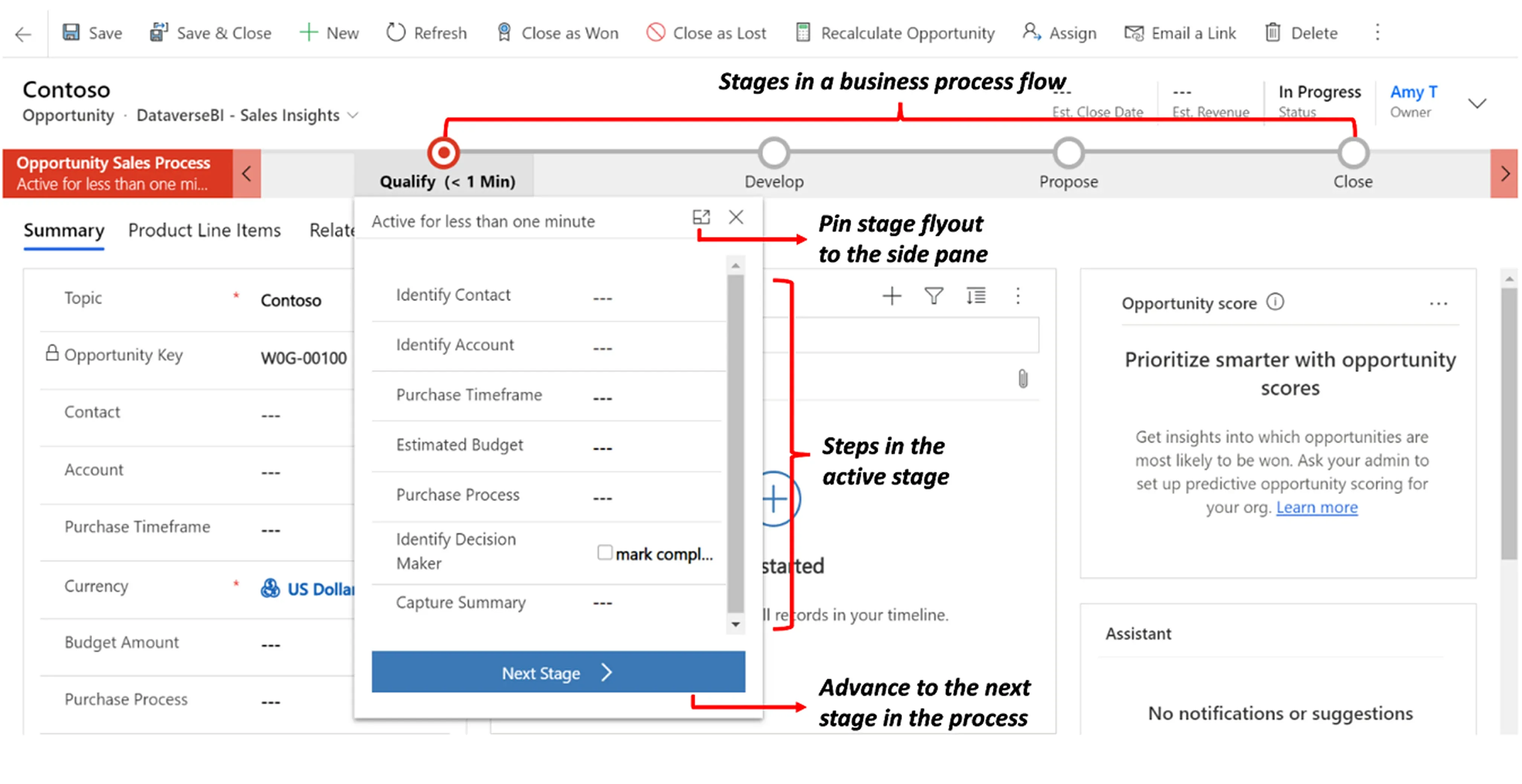
Image title: Business process flow in Dynamics 365
Image source: Microsoft
Odoo is a flexible and extensive suite of business apps combining CRM and ERP functionality. Its main differentiator is the possibility to choose between an open-source version (Odoo Community) and a licensed SaaS option (Odoo Enterprise).
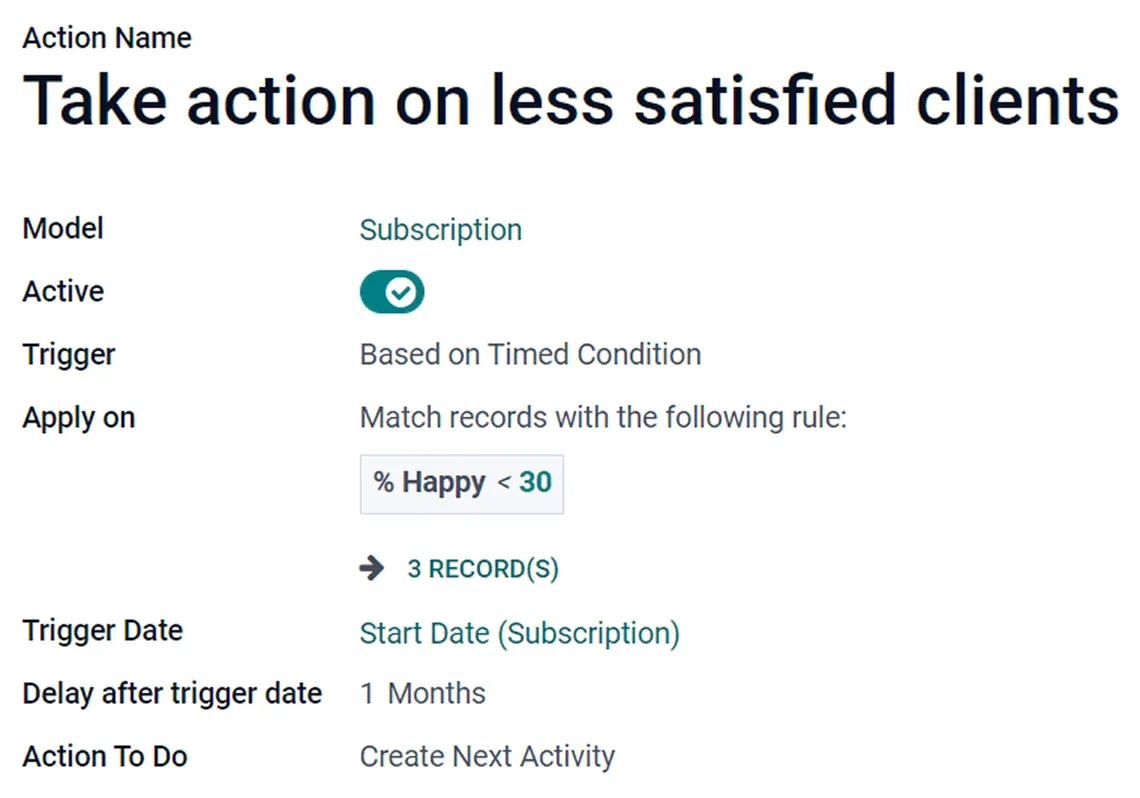
Image title: Rule automation in Odoo
Image source: Odoo
Zoho offers a rich selection of CRM and ERP products, including applications for marketing, sales, customer support, HR, finance, and project management, as well as a fully customizable user interface and hundreds of out-of-the-box integrations.
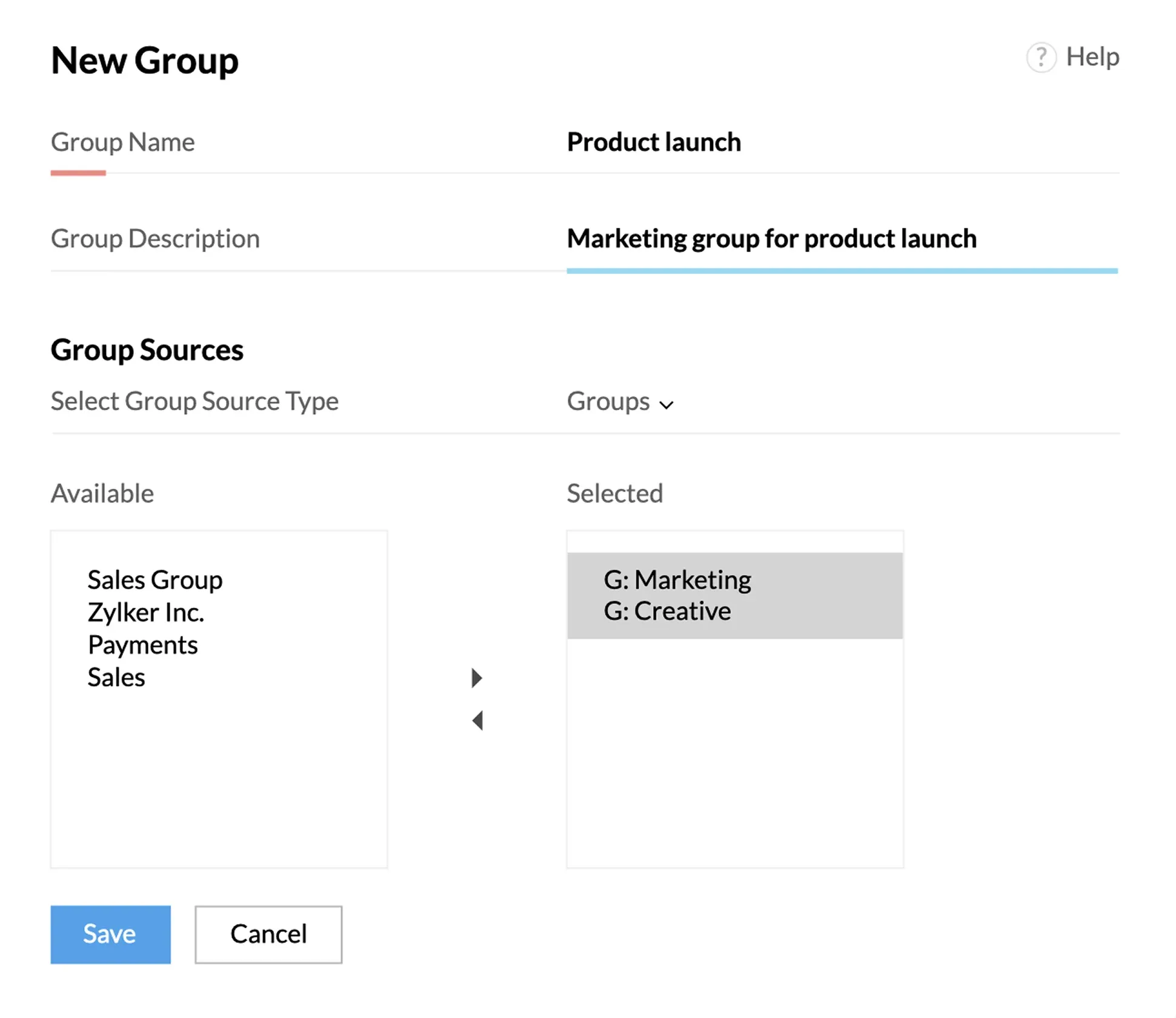
Image title: Soho’s feature to create performance groups
Image source: Zoho
HubSpot is a CRM solution encompassing multiple software products named “Hubs” and recently focusing on agentic AI for process automation.
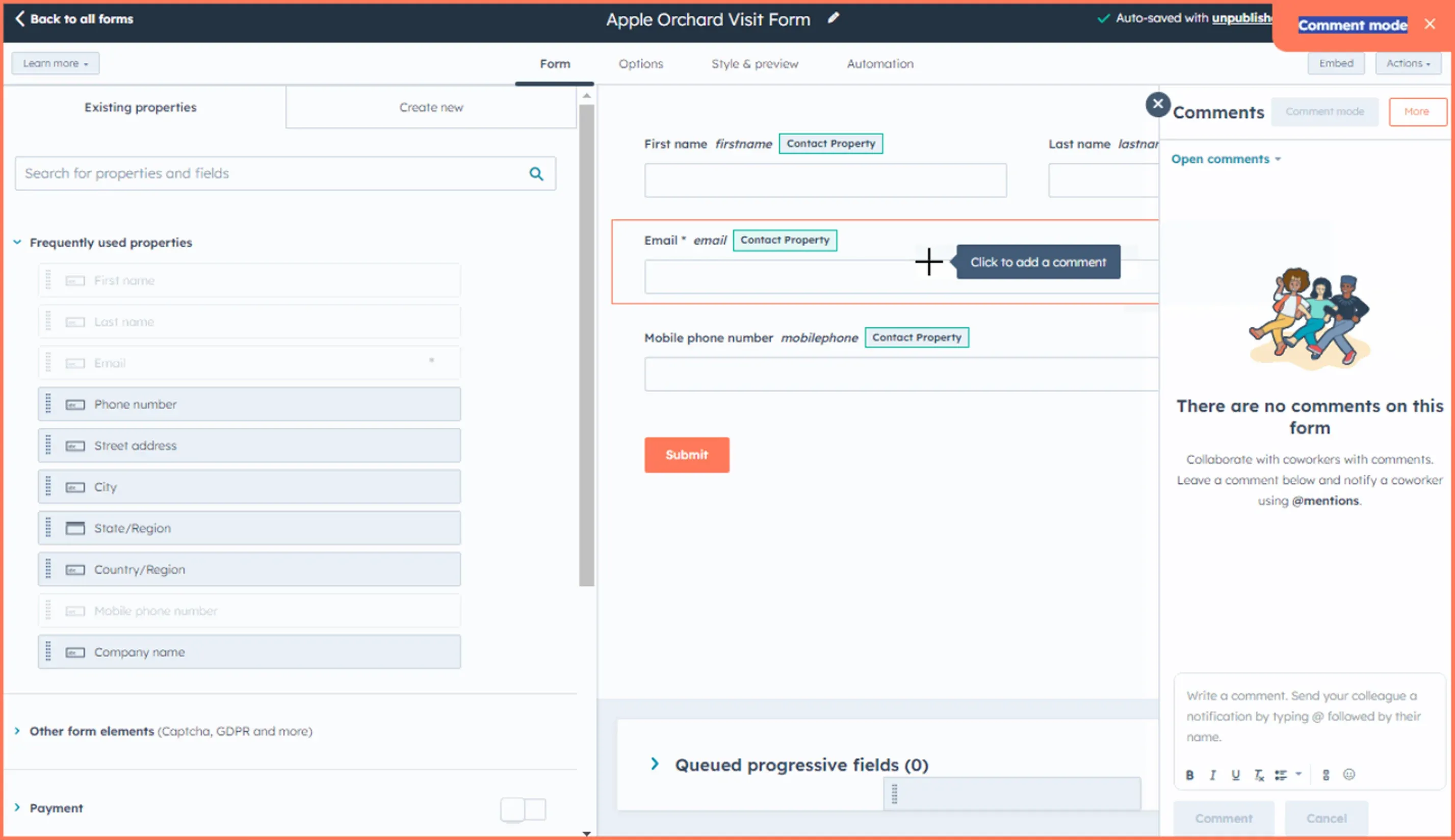
Image title: HubSpot’s collaboration sidebar
Image source: HubSpot
Pipedrive is a user-friendly customer relationship management platform that provides users with rich lead management and sales automation functionality.
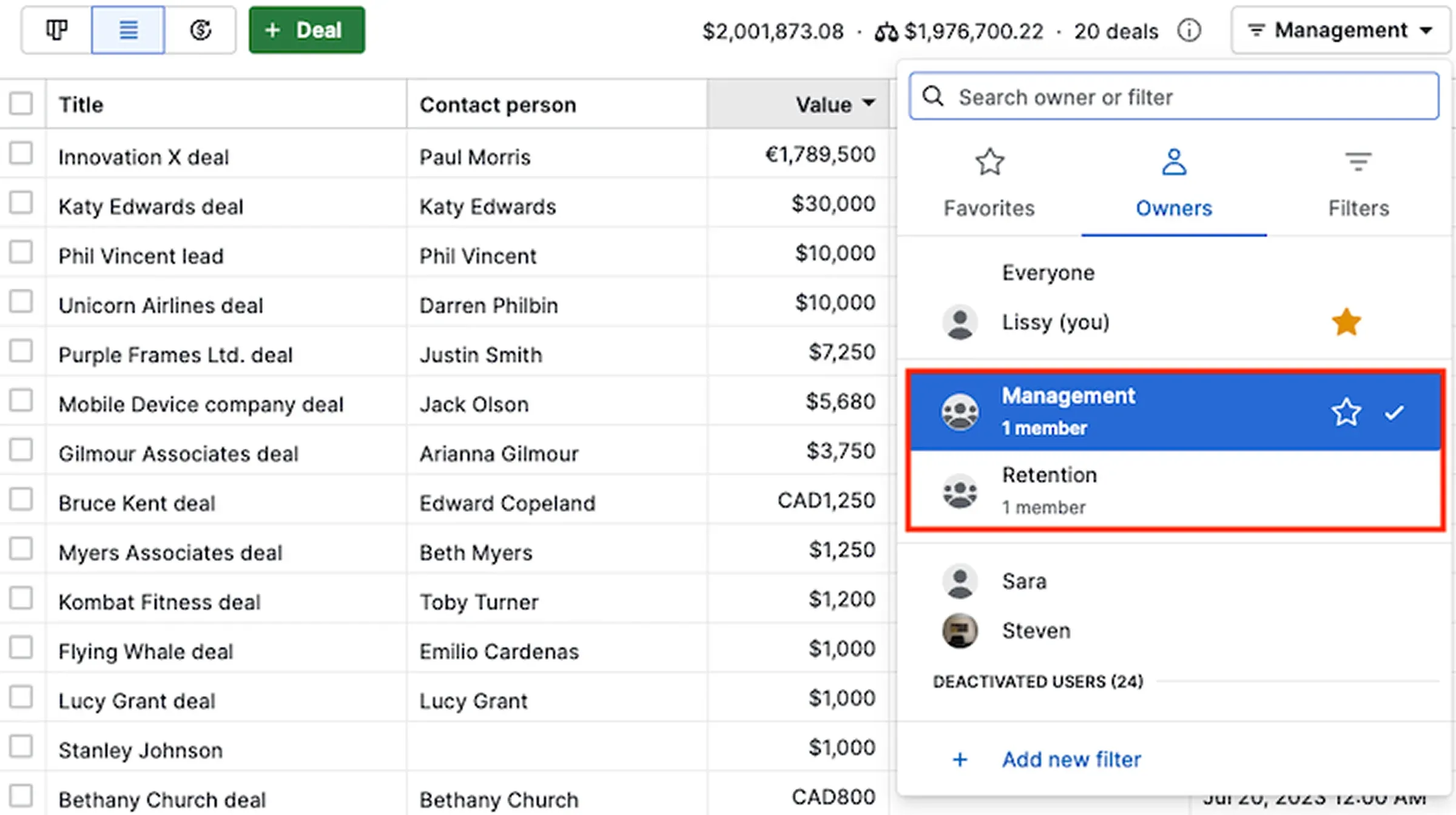
Image title: Pipedrive’s Teams dashboard for team filtering
Image source: Pipedrive
Itransition provides full-cycle CRM services and tailored solutions, helping companies streamline their customer relationship management workflows and promote collaboration across teams and departments.

Itransition’s consultants help you plan and supervise every stage of your CRM initiative, including business needs analysis, project planning, and user training, ensuring that the solution delivered fully meets your requirements.
Our specialists handle your CRM implementation project end-to-end, delivering a platform-based CRM solution or building a custom system from scratch, setting up software integrations, and providing post-deployment support and maintenance.
With complex workflows spanning multiple departments and diverse audiences expecting personalized experiences, all customer-facing teams need to be on the same page. Collaborative CRM is the software solution companies should adopt to achieve this goal. That said, the concept of collaborative CRM as a separate, ultra-specialized entity is becoming obsolete, as all major platforms available on the market provide organizations with a comprehensive set of collaborative, functional, and analytical capabilities to meet all their business needs at once.
Team up with an experienced IT partner like Itransition to implement a CRM solution tailored to your unique business requirements and cross-department workflows.
Over the years, CRM systems have traditionally been classified into three main types, each with different functionality and suited to specific use cases. Nowadays, however, this categorization is largely conceptual, as most CRM tools encompass a wide range of features which cover multiple aspects of customer relationship management.
If you opt for an off-the-shelf CRM platform over custom CRM software, you should prioritize a solution whose out-of-the-box capabilities (feature set, integration options, etc.) cover most of your functional requirements. Other key selection factors include configuration and customization possibilities, user-friendliness, convenient pricing terms, and free trial periods
Like any other type of CRM, collaborative CRM solutions are evolving in line with new technological developments and emerging business needs:
Common CRM implementation challenges include:
Collaborative CRM solutions typically comprise two main functional areas:

Insights
Explore the differences between the capabilities and pricing of Microsoft Dynamics and Salesforce to select the right CRM platform for your needs.

Service
Itransition builds Salesforce apps, AppExchange products, customizations, and integrations that bring functional improvements and resonate with end-users.

Insights
Discover enterprise CRM’s distinctive elements, key features, and benefits, along with popular off-the-shelf platforms and selection guidelines.

Case study
Learn how Itransition implemented a Salesforce-based CRM platform, realizing the majority of functionality by configuring out-of-the-box features.

Insights
Explore hosted CRM’s distinct attributes, adoption benefits, best platforms, and selection factors, along with Itransition’s CRM service offering.

Case study
Learn about Salesforce CRM implementation that helped a large real estate company increase their sales by 15% and shorten their sales cycle by 10%.
Services
Platforms
Insights